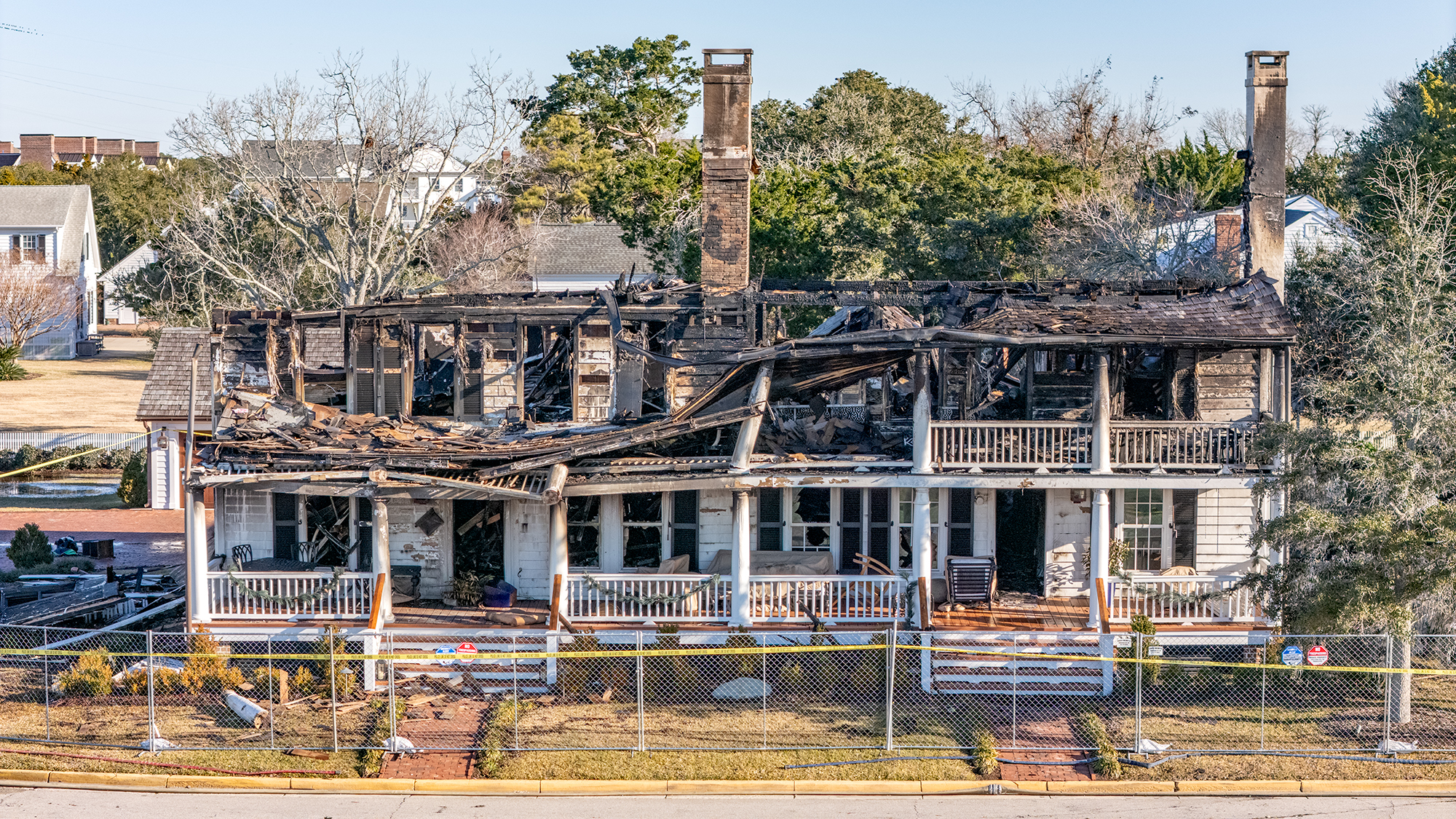
The science panel that advises the state’s Coastal Resources Commission has scheduled a virtual meeting to pick up its review of Inlet Hazard Areas boundaries that began during its Nov. 27, 2023, meeting and discuss recent studies and data on sea level rise.
The meeting is to begin at 2 p.m. Thursday, Feb. 29, and is open for public listening either online or call 415-655-0003 and use access code 242 570 64312. Comments can be submitted to DCMcomments@deq.nc.gov with “Science Panel” in the subject line.
Supporter Spotlight
The Coastal Resources Commission, known as the CRC, sets rules and policies for the 20 coastal counties, which the Division of Coastal Management, under the North Carolina Department of Environmental Quality, carries out. The science panel provides the CRC with scientific data and recommendations pertaining to coastal topics.
Inlet Hazard Areas are areas of environmental concern that are especially vulnerable to erosion, flooding, and other adverse effects of sand, wind, and water because of their proximity to dynamic ocean inlets, according to the “Inlet Hazard Area Boundary, 2019 Update: Science Panel Recommendations to the North Carolina Coastal Resources Commission.”
The panel during its November meeting began the discussion on Inlet Hazard Areas because of the three-part charge issued by the CRC to reevaluate every five years its IHA methods and boundaries, incorporating data collected since its 2019 study, reassess its 2019 recommendations and consider alternative methods for calculating oceanfront shoreline change rates. They are to present the draft reports including proposed boundaries and erosion rates in summer of 2024.
The panel discussed the background of IHAs, the work that has taken place since the ongoing effort began in the late 2000s, complications, and possible alternatives, such as using different approaches for the inlets experiencing the most erosion. They will continue this discussion.






